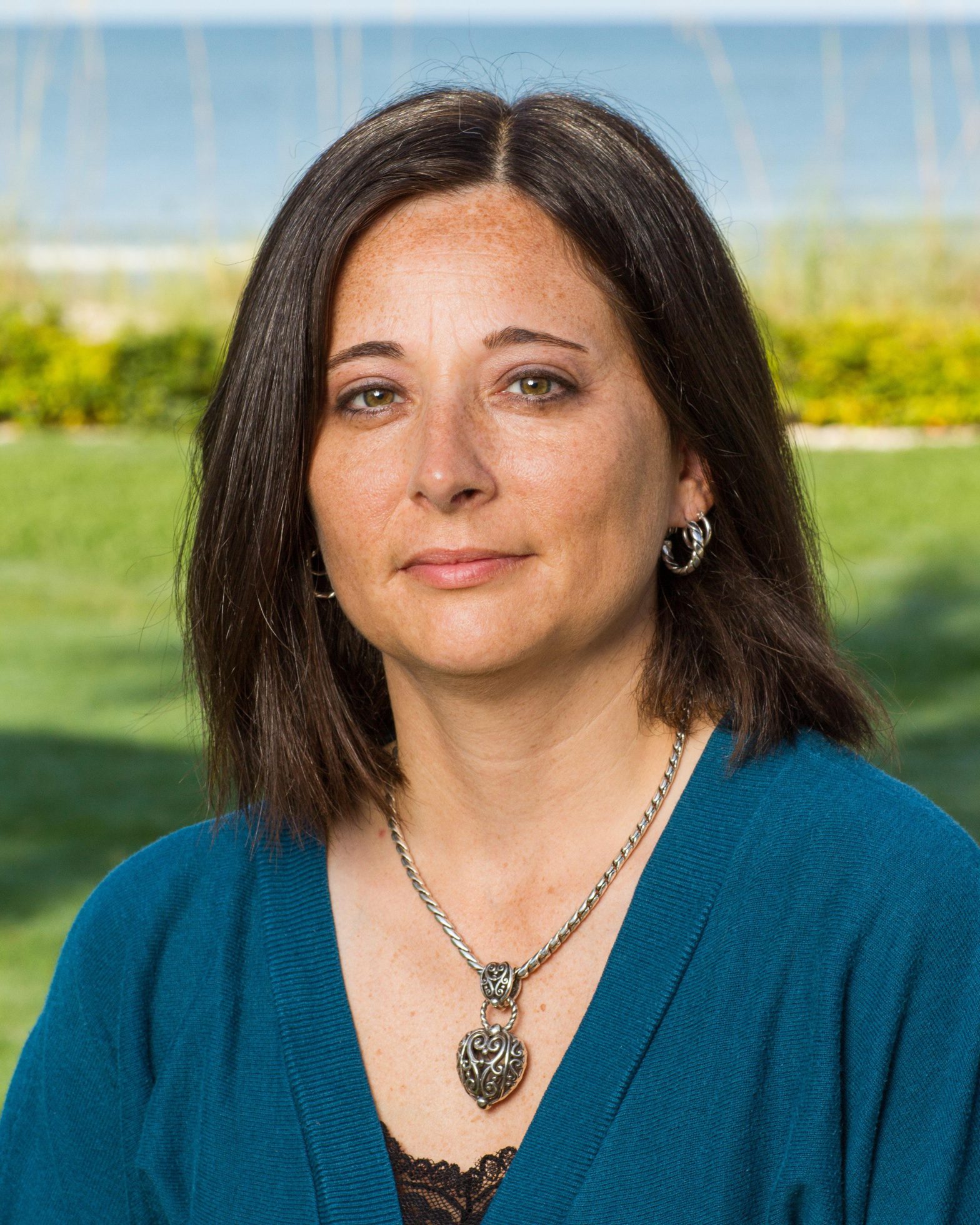It’s definitely an art. Making that delicious syrup from cane juice is art. There’s science in it for sure, but as I watch this process, I realize there’s an art to it as well as the science.
In the 100-plus-year-old kettle in the middle of the woods in northeast Okaloosa County, I observe several gentlemen working diligently to create their masterpiece. From personal experience, it’s the best cane syrup I have ever tasted.

The process of cane syrup starts with growing the sugar cane. It is technically a perennial grass, even though it grows 6 to 20 feet tall. The cane is harvested in the fall. In antique mills, the cane juice is squeezed from the cane and collected. The mill used to be mule-powered but now they use a tractor to do the job.
The juice is then processed into syrup. Simply put, you evaporate water from the juice to thicken it into syrup. This can be done either by slow boiling in a large kettle or by using the “newer” method of using an evaporator. These guys prefer the old method using a kettle. They feel it removes the impurities in the cane juice and creates a better product.
Who am I to argue, since it was the tastiest cane syrup ever.
The kettle of juice is heated by a fire burning underneath it. The fire man is in charge of keeping the fire just right under the kettle. Too hot and you’ll scorch the syrup. Too cool and you won’t ever get it processed. With his thermometer and hydrometer, one man keeps an eye on the juice temperature and the relative density. A couple of guys are on either side of the kettle, removing impurities by wiping the hot kettle edge with a dishcloth. This evidently is an easy job because they let me give it a try. I'm happy to report I didn’t burn myself.
The team works seamlessly from field to jar. They have a lot of practice. They have been making cane syrup there since 2006. Keeping an old southern tradition alive, the team has perfected the art and science of cane syrup making!
The team is led by Clinton Harris and consists of Randy Batson, James Jackson, Eddie Brown, Tom McDougald, Elijah Bell, Art Blakely, Fred Frates, and Jim Melton. For more pictures and even a video of this team and their process, go to https://youtu.be/50cocf2a7hw or go to our Facebook page at https://www.facebook.com/UFIFASOkaloosaExtension.

Jennifer Bearden is an agent at the University of Florida's Institute of Food and Agricultural Sciences Extension office in Crestview.
This article originally appeared on Crestview News Bulletin: EXTENSION CONNECTION: The lost art of making cane syrup
